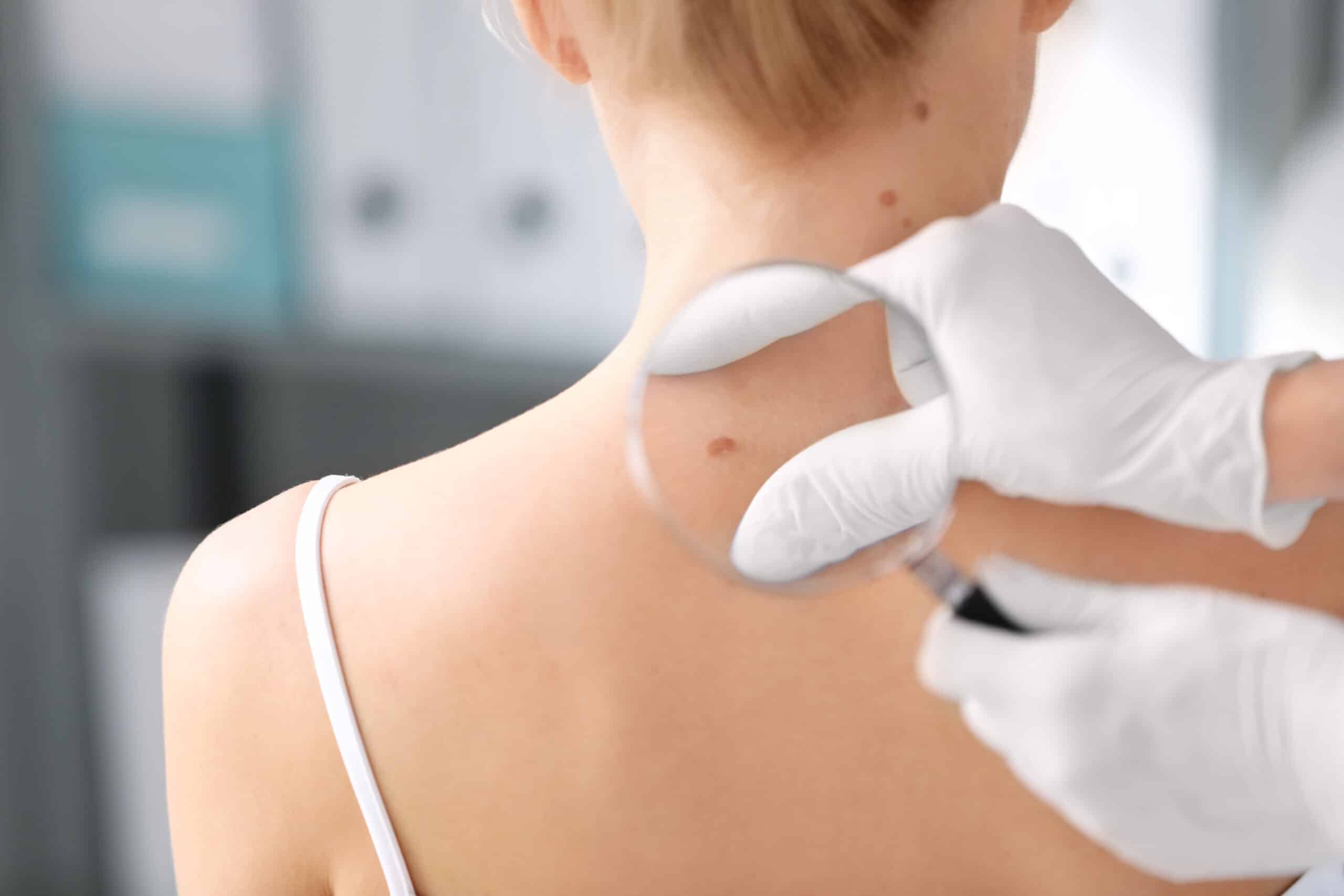By John Salak –
Melanoma may be the rarest form of skin cancer, accounting for just one percent of all cases, but it can pack a deadly wallop. In fact, Medical News Today reports the disease accounts for about 75 percent of all related deaths each year. In raw numbers that means about 105,000 people will get melanoma every year and over 7,000 of them will die. The biggest chunk of these cases and deaths will be white men over the age of 65, according to the American Cancer Society.
These are grim statistics, but what makes the disease even harder to handle is that while the sun’s UV rays often help facilitate the disease’s growth, unlike other skin cancers, melanoma often surfaces on parts of the body not exposed to UV rays. Worse still, it can take root in hard-to-spot areas like between toes, on soles, scalps and even genitals.
While there is nothing good about melanoma, recently there’s been some assuring news on the battle to confront this often unseen or overlooked killer. Awareness for skin cancer risks, in general, is growing, making it easier for people to spot problems early, talk about them and take pre-emptive measures to tackle the most dangerous forms before they take hold.
In fact, one of the best feelgood stories of 2020 occurred in October when Nadia Popovici happened to attend a hockey game between the Vancouver Canucks and the Seattle Kraken. She was sitting right behind the Canucks’ bench and noticed a disturbing-looking mole on the neck of assistant equipment manager Brian Hamilton. She eventually got his attention via a message she wrote on her phone and pressed against the glass that separates the fans from the team and supporting staff. Hamilton got the message, soon afterward had the mole checked out and discovered it was malignant melanoma. 
Popovici’s sharp eyes and persistent warning probably saved Hamilton’s life, while also helping to build general awareness of melanoma’s hidden dangers. This probably would have been reward enough for Popovici, but the Canucks and the Kraken sweetened the pot a bit by awarding the hockey fan a $10,000 scholarship for medical school.
Early detection of melanoma obviously is critical to the long-term survival and recovery of patients. The best advice for staying ahead of the problem is to have regular body scans by a professional. If something like a mole looks strange, don’t wait for a regularly scheduled visit. Have it checked out immediately.
If melanoma is detected, there are a host of ways it can be treated. These include surgery to remove the cancer, immunotherapy, targeted therapy, chemotherapy and radiation. A related therapy called immune checkpoint blockade (ICB) is now also seen by many as revolutionizing the treatment of melanoma and cancer in general. The approach calls on inhibitor drugs to block proteins called checkpoints, which at times can keep T cells from killing cancer cells.
A major research project was underseen by the University of Texas and Oregon State University, among other institutions, recently discovered that melanoma patients, in particular, respond better to ICB treatments if they’re on a diet rich in fiber.
“ICB has been a game-changer in cancer therapy, and the influence of the gut microbiome on therapeutic response has been demonstrated in numerous studies, in preclinical models and also in research involving human cohorts,” Oregon State’s Andrey Morgun said. “A person’s microbiome is shaped by a wide range of environmental factors including food and medications, while human genetics accounts for a much smaller proportion of the microbiome variation from person to person.”
The researchers arrived at their conclusions after examining the gut microbiomes of hundreds of melanoma patients as well as conducting related studies on mice.” We showed that dietary fiber and probiotic use, both known to impact the gut microbiome, are associated with differing ICB outcomes,” he explained. “From the human cohort results we can’t assign causality — there may have been other things going on with those patients that we didn’t measure in this study.”












